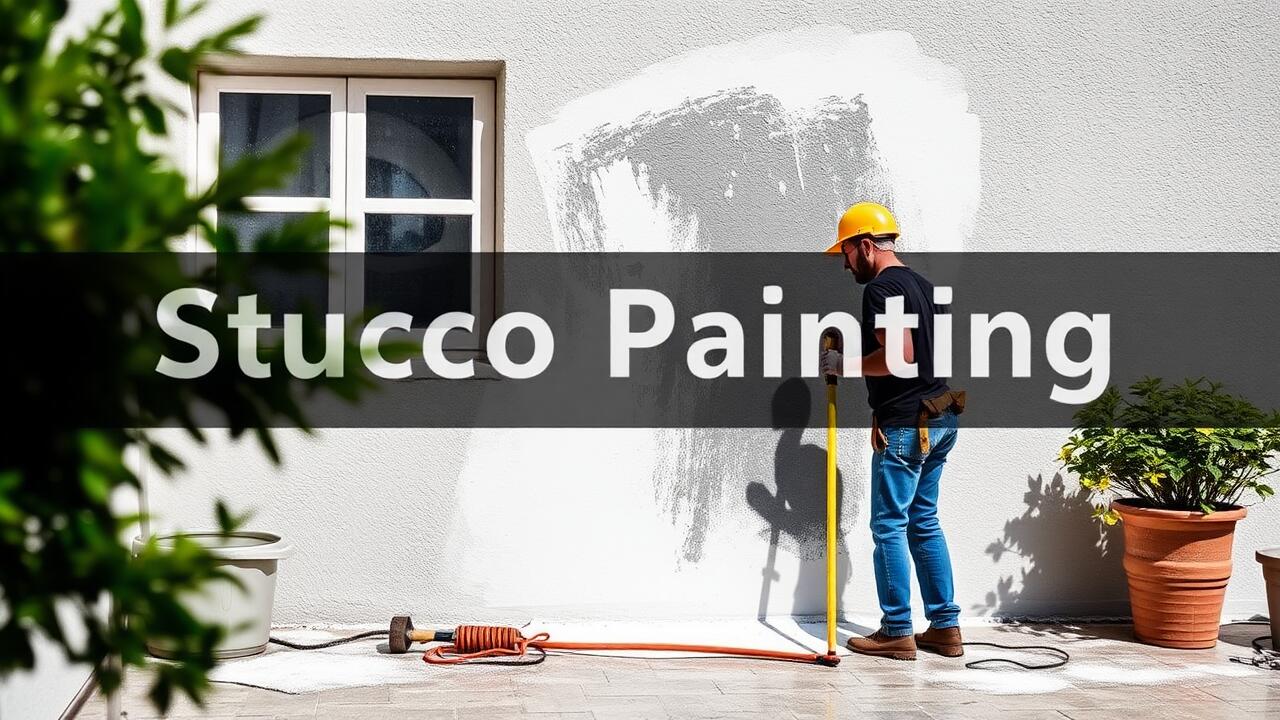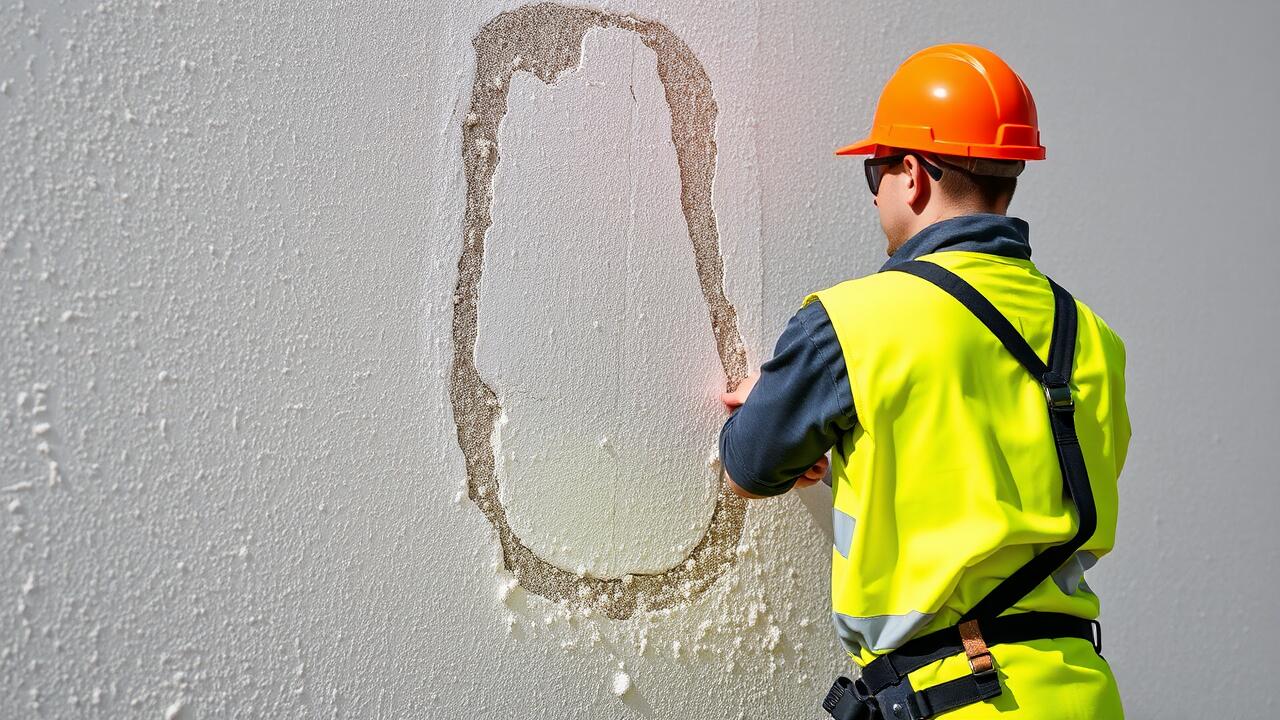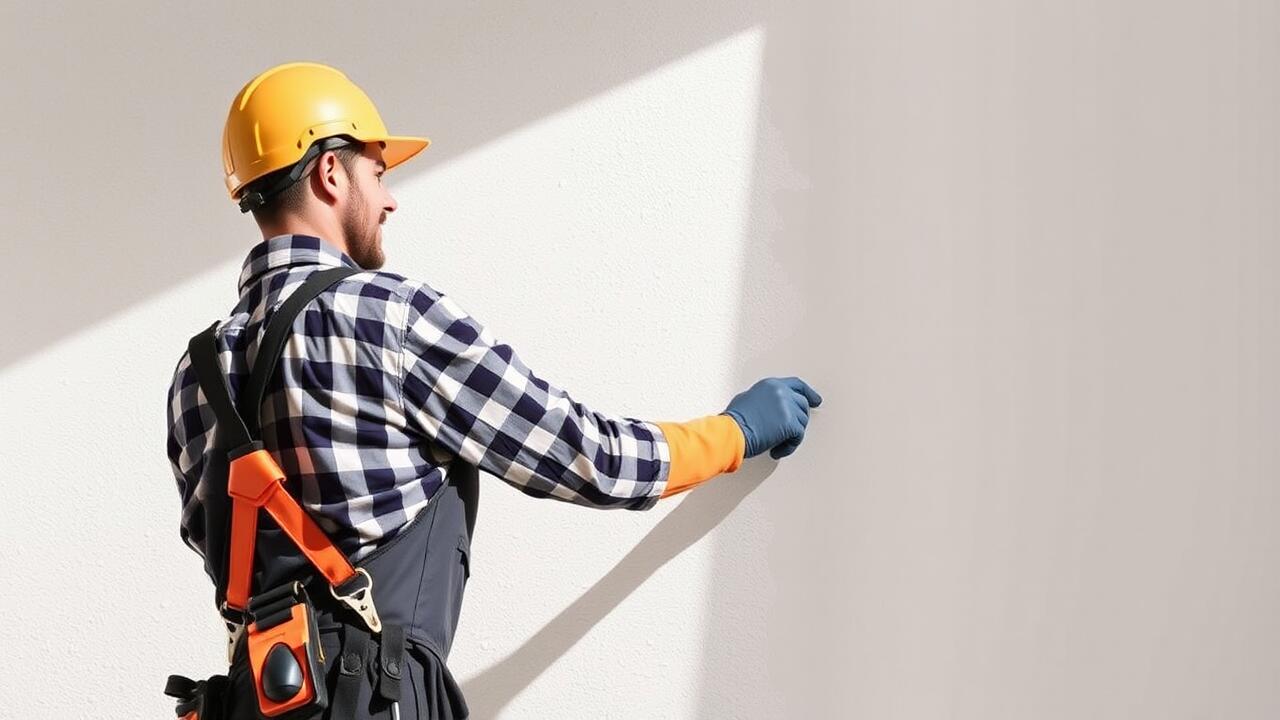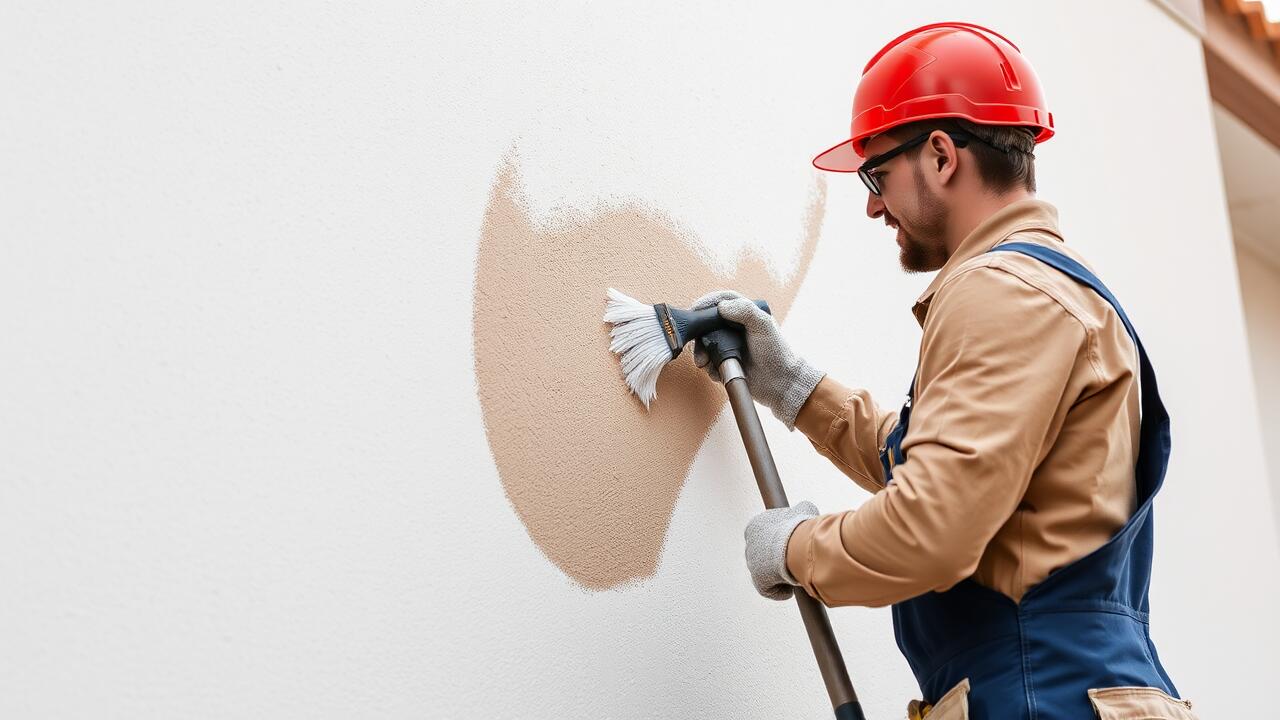
Cost Comparison Between Techniques
When considering the cost implications of spray painting versus brush painting stucco, various factors come into play. Spray painting typically requires a higher initial investment due to specialized equipment and materials. The setup costs can escalate, especially if the project demands intricate masking or protective measures. Conversely, brush painting often appears more cost-effective at first glance, as it relies on simpler tools and has lower machinery costs. However, the labor involved tends to be more time-consuming, which may offset initial material savings and lead to higher overall expenses.
In the context of Brentwood, Los Angeles Stucco Painting, these financial considerations bear significant weight for homeowners. Local labor rates and material prices can fluctuate, influencing the final decision between the two methods. Additionally, the size and complexity of the stucco surfaces in the area can also affect the cost dynamics. While spray painting can expedite the process, resulting in quicker project turnovers, brush painting offers a level of detail that may be desired for certain architectural styles, thus complicating the straightforward cost comparison.
Analyzing Labor and Material Expenses
When comparing labor and material expenses for spray painting and brush painting stucco, it’s important to consider both the cost of materials and the time required for each technique. Spray painting typically requires specialized equipment which can increase upfront material costs. Conversely, brush painting usually involves more traditional tools that may be less expensive initially but can demand a higher investment of labor hours due to the technique's intricacy and detail work.
Brentwood, Los Angeles Stucco Painting companies often provide estimates that reflect these differences, emphasizing the variance in labor costs based on the method chosen. While spray painting can cover large areas quickly, the initial setup and clean-up can add to overall expenses. On the other hand, brush painting may require multiple coats to achieve the desired finish, which can lengthen the project timeline and increase labor costs.
Environmental Considerations
When choosing between spray painting and brush painting for stucco, environmental considerations play a crucial role. Spray painting often emits more volatile organic compounds (VOCs) into the air, which can contribute to air pollution and have potential health consequences. Those living in areas like Mid-Wilshire, Los Angeles, where air quality regulations are strict, might find this method less appealing due to its higher emissions.
On the other hand, brush painting generally allows for more precise application and less overspray, reducing waste and minimizing environmental impact. The choice of paint can also significantly affect the ecological footprint. Selecting low-VOC or zero-VOC paints can further lessen the environmental consequences of either method. Homeowners in Mid-Wilshire looking to maintain a sustainable approach may prefer brush painting as a way to balance aesthetic needs with ecological responsibility.
Impact of Each Method on Air Quality
Spray painting often releases a higher volume of volatile organic compounds (VOCs) into the atmosphere compared to brush painting. The fine mist generated during spray application can easily drift away from the targeted surface, contributing to air pollution. This is a significant concern for projects involving extensive coverage areas, where the potential for overspray can exacerbate the issue. Brentwood, Los Angeles Stucco Painting services must carefully assess the environmental impact of spray techniques to balance aesthetic outcomes with air quality considerations.
In contrast, brush painting tends to have a lower emissions profile. This method allows for more controlled application, resulting in reduced overspray and fewer VOCs being released into the air. While it may take more time and labor to complete a project using brushes, the benefits to air quality can be substantial. For homeowners in Brentwood, Los Angeles, opting for brush painting can be a more environmentally friendly choice, especially in neighborhoods where air quality is a top concern.
Longevity of Paint Finishes
The longevity of paint finishes on stucco surfaces can significantly vary between spray painting and brush painting. Spray painting often results in a more even and uniform application, which can seal the surface effectively and protect against moisture infiltration. This method tends to promote longer-lasting finishes, especially in regions like Brentwood, Los Angeles, where weather variability can place additional stress on materials. On the other hand, brush painting allows for more detailed work, particularly in textured areas, but may lead to inconsistencies if not applied properly.
Durability is another factor to consider when evaluating longevity. Spray-painted finishes generally have a tendency to resist fading and wear better than brush-applied paints, making them suitable for high-exposure areas. However, brush painting can result in thicker layers of paint, which may provide additional protection against the elements. Homeowners in Brentwood, Los Angeles Stucco Painting projects may find that the choice of application method directly affects how their finishes withstand time and environmental factors, ultimately influencing the long-term appearance of their homes.
Durability Factors for Spray vs. Brush
Durability in paint finishes can vary significantly between spray and brush techniques. Spray painting tends to provide a more uniform application, which can enhance protection against the elements. The fine mist created when using a sprayer coats the surface evenly, filling in crevices and providing an exterior that may resist moisture-related issues more effectively. This can lead to a longer-lasting finish, especially in environments where exposure to rain and high humidity is common, such as in Brentwood, Los Angeles.
On the other hand, brush painting allows for greater control during application, potentially resulting in a thicker layer of paint being applied to the surface. This method can be advantageous in ensuring that high-traffic or impact-prone areas receive additional reinforcement. While both techniques can offer durability, the choice often depends on the specific project requirements and the environmental factors at play. Homeowners should weigh these elements when considering their options for Brentwood, Los Angeles stucco painting.
FAQS
What are the main differences between spray painting and brush painting stucco?
The main differences include the application method, coverage efficiency, drying time, and the finish quality. Spray painting tends to cover larger areas more quickly and provides a smooth finish, while brush painting allows for more precision and control, especially in detailed areas.
Which painting technique is more cost-effective for stucco?
Generally, spray painting can be more cost-effective due to faster application and reduced labor costs. However, the total cost will depend on factors like the size of the area, the type of paint used, and the condition of the stucco surface.
How do spray painting and brush painting affect air quality?
Spray painting can release more volatile organic compounds (VOCs) and overspray into the air compared to brush painting. This can have a greater impact on air quality, making it essential to use protective equipment and ensure proper ventilation when spray painting.
Which technique provides a more durable finish for stucco?
Spray painting typically provides a more uniform and durable finish, as it can reach into crevices and cover textured surfaces more effectively. However, the longevity also depends on the quality of the paint used and the environmental conditions.
Can I use both techniques for the same stucco project?
Yes, combining both techniques can be beneficial. For example, you might use spray painting for larger areas and brush painting for touch-ups or detailed sections to ensure a high-quality finish throughout the project.



